“Exploring Diving at the Red Sea”
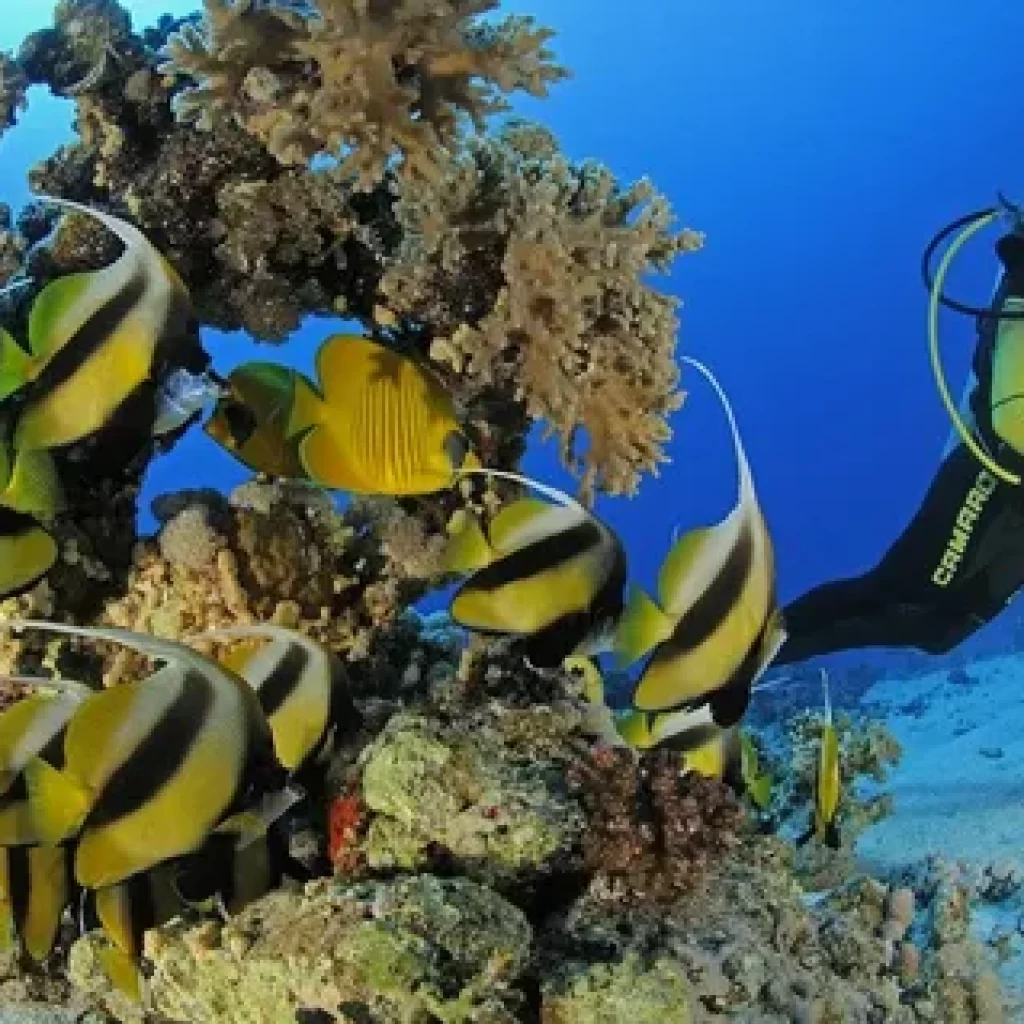
Table of Contents:
- Introduction
- The Rich Marine Biodiversity
- Popular Dive Sites
- The Best Time to Dive
- Diving Safety Tips
- Diving Gear Essentials
- Red Sea Wreck Diving
- Night Diving Adventures
- Diving Courses and Certifications
- Environmental Conservation Efforts
- Conclusion
- FAQs
Introduction
Diving at the Red Sea is an unparalleled experience for underwater enthusiasts. Renowned for its crystal-clear, warm waters, this region offers some of the most spectacular dive sites in the world. The vibrant marine life, including a rich array of fish species and colourful coral reefs, creates a mesmerizing underwater landscape in Diving at the Red Sea.
Diving at the Red Sea, Whether you’re a novice just starting your diving journey or an experienced diver seeking new adventures, the Red Sea caters to all levels of expertise. Diving in the Red Sea, Each dive site presents unique opportunities, from exploring historic wrecks like the Thistledown to discovering the diverse marine ecosystems around Ras Mohammed.
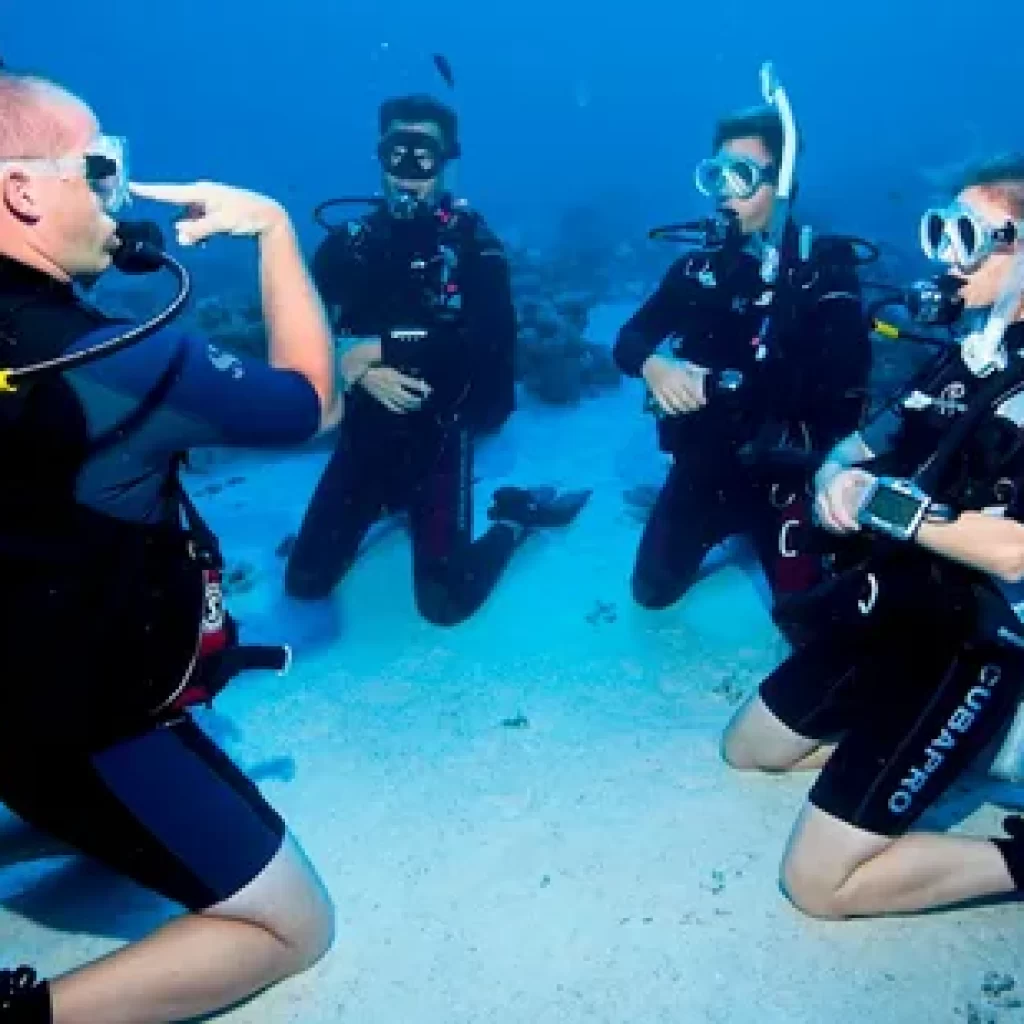
1. The Rich Marine Biodiversity
Diving at the Red Sea is home to a rich variety of marine life. Divers can encounter over 1,200 species of fish, including 44 species of sharks, many of which are endemic to this region. The coral reefs are equally impressive,Diving at the Red Sea, with over 200 types of hard and soft corals. This biodiversity makes the Red Sea a hotspot for marine research and a paradise for underwater photographers.
2. Popular Dive Sites
Diving at the Red Sea,Some of the most popular dive sites in the Red Sea include Ras Mohammed National Park, the Thistlegorm wreck, and the Blue Hole in Dahab. Each site offers unique underwater landscapes and diverse marine species. Ras Mohammed is renowned for its coral walls and schools of fish, while the Thistlegorm wreck provides a fascinating historical dive experience.
3. The Best Time to Dive
The Red Sea offers year-round diving opportunities, but the best time to dive is between March and May or September and November. During these months, the water temperature ranges between 25°C to 30°C, providing comfortable conditions for divers. The visibility is also at its best, allowing divers to fully appreciate the underwater scenery.
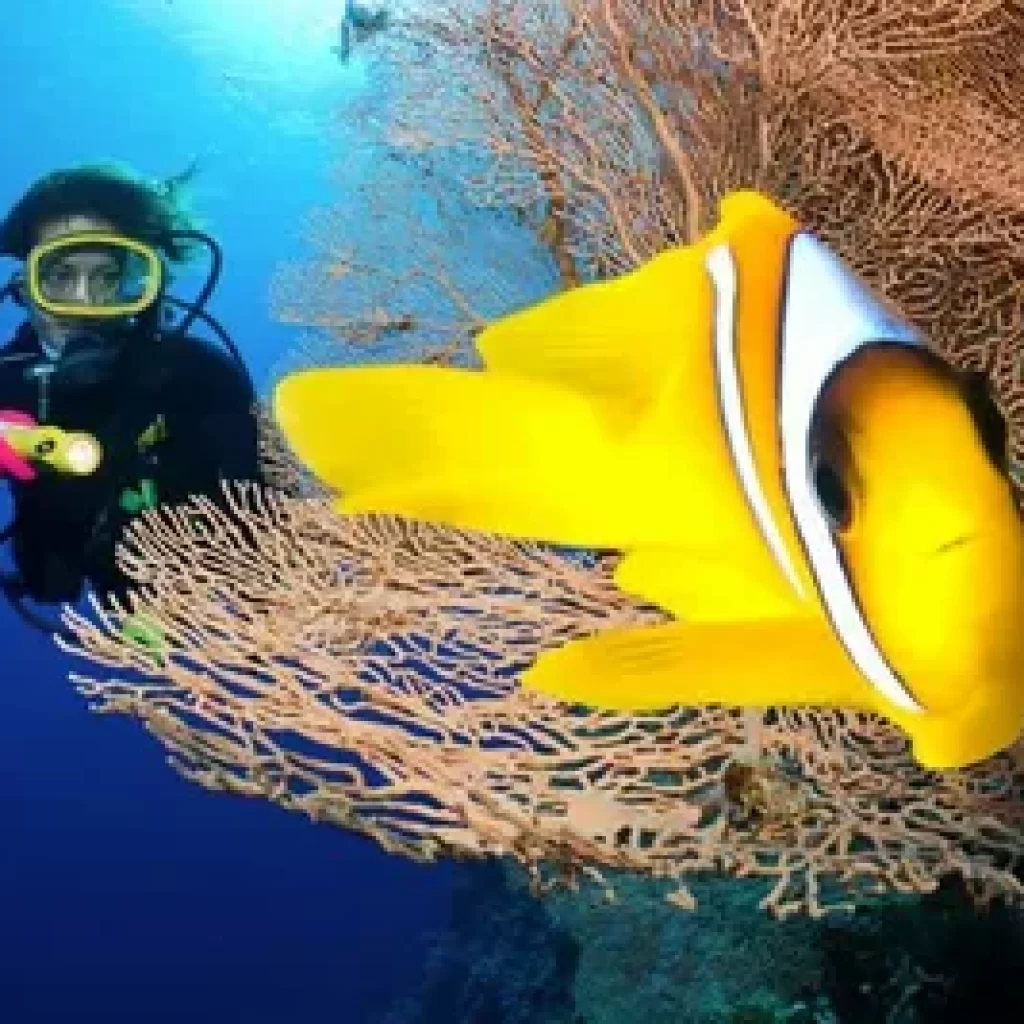
4. Diving Safety Tips
Safety is paramount when diving. Divers should always dive with a buddy, keep track of their air supply, and avoid touching marine life to prevent injuries and preserve the ecosystem. It’s also essential to follow the guidance of dive professionals and adhere to the dive plan.
5. Diving Gear Essentials
Diving at the Red Sea,Proper diving gear is crucial for a safe and enjoyable dive. Essential gear includes a wetsuit, mask, fins, and a regulator. A dive computer is also recommended to monitor depth and time underwater. Ensuring that your gear is well-maintained and fits properly can enhance your diving experience Diving at the Red Sea,.
6. Red Sea Wreck Diving
Diving at the Red Sea,Wreck diving in the Red Sea offers a unique glimpse into history. The SS Thistlegorm is one of the most famous wrecks, sunk during World War II. Divers can explore the remains of this cargo ship, which still holds wartime artifacts such as trucks, motorcycles, and rifles, providing a hauntingly beautiful underwater museum experience.
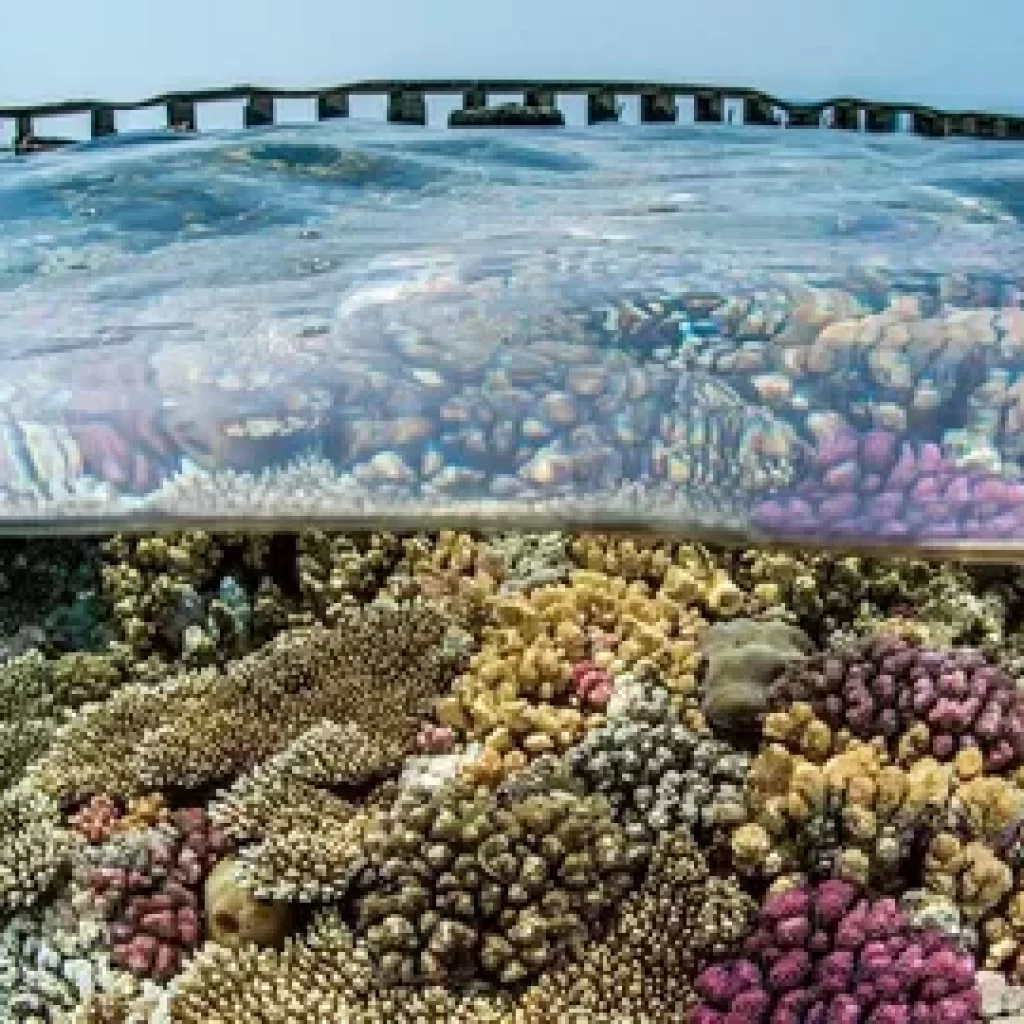
7. Night Diving Adventures
Night diving in the Red Sea reveals a different side of the underwater world. Nocturnal creatures such as octopuses, lobsters, and moray eels emerge, offering a unique and thrilling experience. The bioluminescence in the water adds a magical touch, making night dives a favorite among adventurous divers.
8. Diving Courses and Certifications
For those new to diving or looking to advance their skills, the Red Sea offers numerous diving courses and certifications. From Open Water Diver to Advanced Open Water Diver, there are programs to suit all levels. Many dive centers provide professional training with experienced instructors to ensure safety and proficiency.
9. Environmental Conservation Efforts
The Red Sea’s delicate ecosystem faces threats from climate change, overfishing, and tourism. Conservation efforts are crucial to preserve this underwater paradise. Organizations and dive centers are actively involved in coral reef restoration projects, marine research, and promoting sustainable diving practices to protect this unique environment.
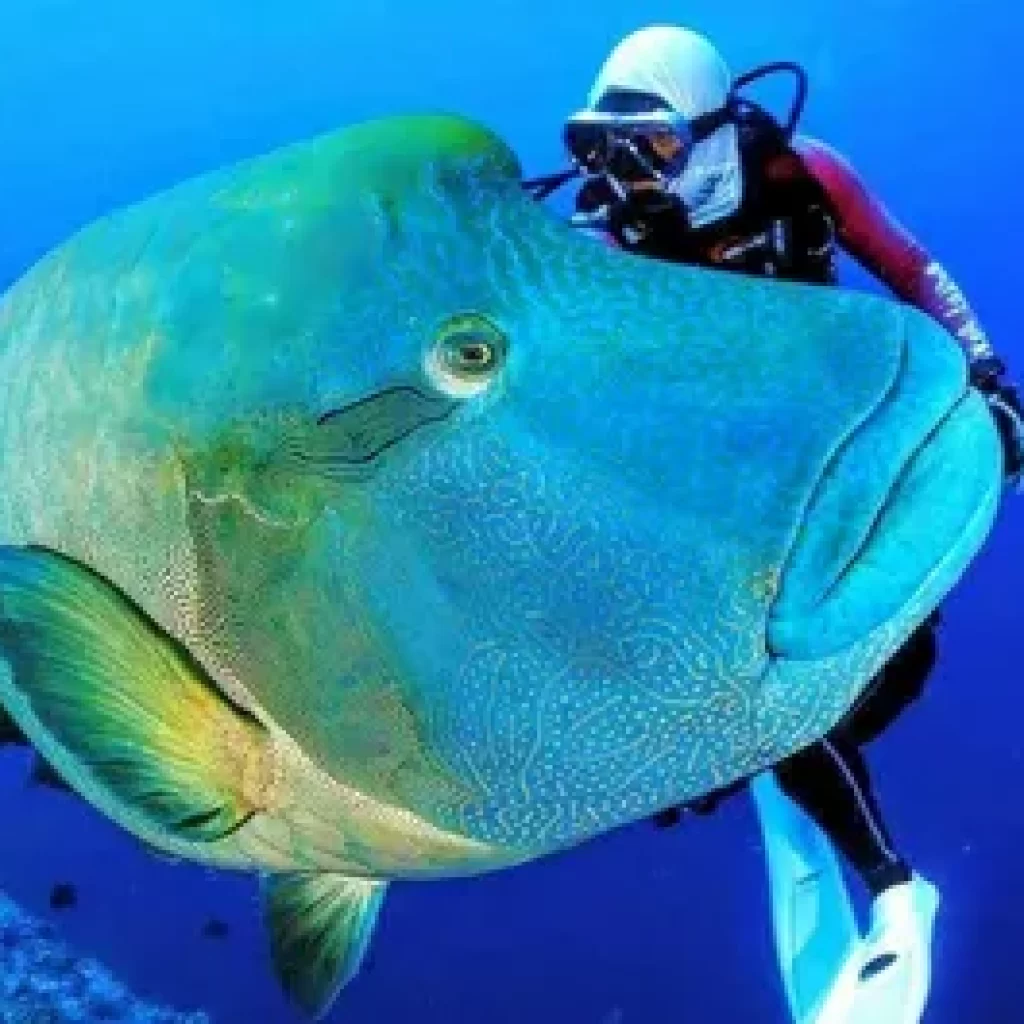
10. Conclusion
Diving at the Red Sea Diving at the Red Sea is a dream come true for many divers. This iconic destination boasts a stunning array of marine biodiversity, featuring over 1,200 fish species and vibrant coral reefs. The clear, warm waters provide perfect visibility, enhancing the overall diving experience.
The Red Sea is renowned for its diverse dive sites, from the historic Thistlegorm wreck to the mesmerizing Blue Hole in Dahab. Each site offers a unique adventure, whether it’s exploring underwater relics or encountering nocturnal marine life during night dives. Additionally, divers have the opportunity to contribute to vital conservation
efforts, helping to preserve the region’s delicate ecosystems. This combination of natural beauty, diverse marine life, and meaningful conservation makes diving at the Red Sea truly unparalleled. Whether you’re a novice or an experienced diver, the Red Sea promises an unforgettable underwater journey, showcasing the best of the ocean’s wonders while promoting sustainable practices.
FAQs
- What makes the Red Sea unique for diving?
- The Red Sea’s rich marine biodiversity, clear waters, and diverse dive sites make it a premier diving destination.
- When is the best time to dive in the Red Sea?
- The best time to dive is between March and May or September and November.
- What are some popular dive sites in the Red Sea?
- Popular sites include Ras Mohammed National Park, the Thistlegorm wreck, and the Blue Hole in Dahab.
- What should I consider for diving safety?
- Always dive with a buddy, monitor your air supply, and follow professional guidance.
- What diving gear is essential?
- Essential gear includes a wetsuit, mask, fins, regulator, and a dive computer.
- Are there any notable wreck dives in the Red Sea?
- Yes, the SS Thistlegorm wreck is a notable and historically significant dive site.
- How can I contribute to environmental conservation while diving?
- Engage in sustainable diving practices and support conservation efforts and coral reef restoration projects.
This article provides an in-depth look into the captivating world of diving at the Red Sea, guiding you through the essentials for a safe and memorable underwater adventure.





Comment (0)